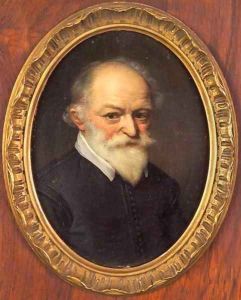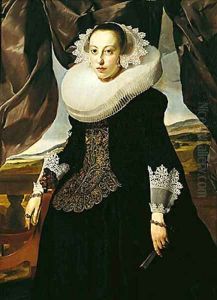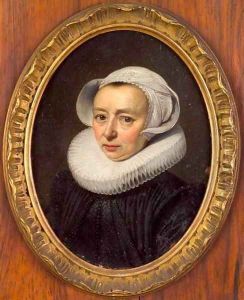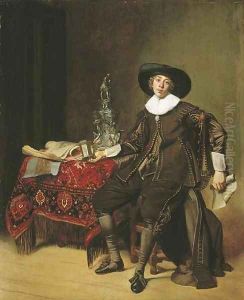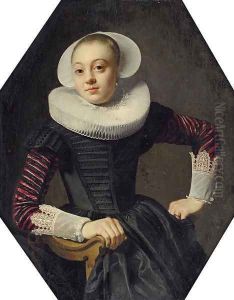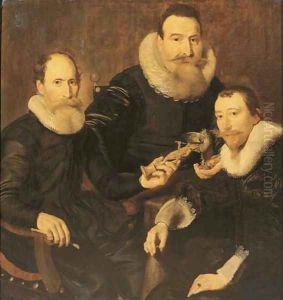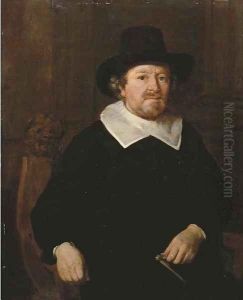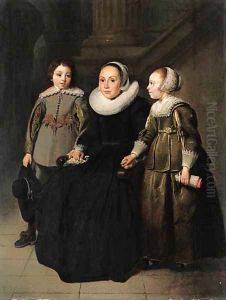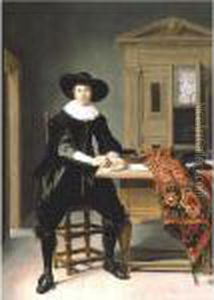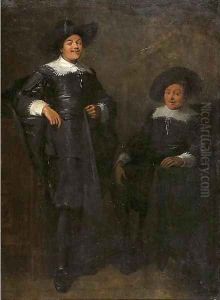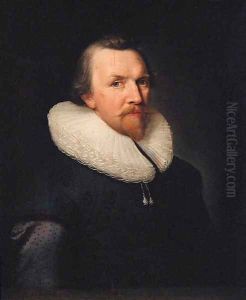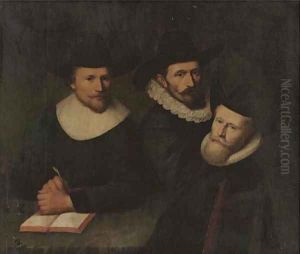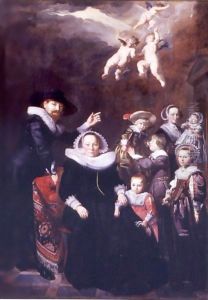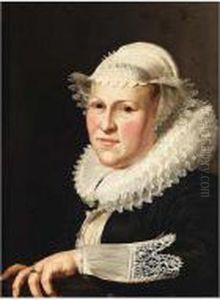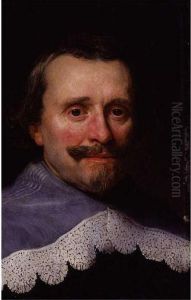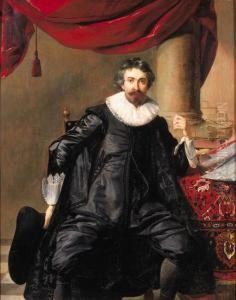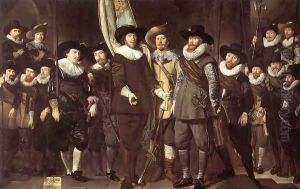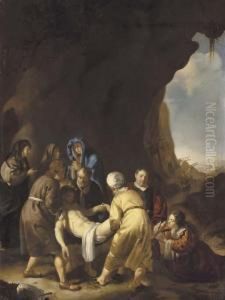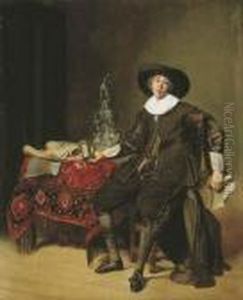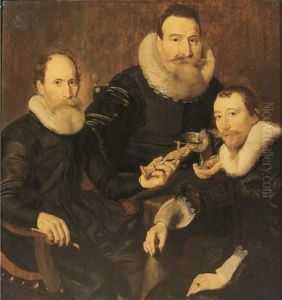Thomas De Keyser Paintings
Thomas de Keyser was a Dutch painter and architect, born in Amsterdam in the latter part of the 16th century. He was the son of the well-known Amsterdam city stonemason and sculptor, Hendrick de Keyser, and followed in his father's footsteps as an artist, though he is primarily remembered for his painting rather than his architectural work. De Keyser's exact birth year is uncertain, with sources suggesting either 1596 or 1597.
De Keyser's early life and training are not well documented, but he likely learned the basics of his craft from his father. He emerged as a leading portraitist in Amsterdam during the first half of the 17th century. His style was influenced by the work of Dirck van Baburen and Hendrick ter Brugghen, who were prominent Dutch Caravaggisti, a group of artists known for their use of chiaroscuro and dramatic lighting effects inspired by the Italian painter Caravaggio.
Although known primarily for his portraiture, de Keyser also painted historical and mythological scenes, genre paintings, and occasional cityscapes. He was renowned for his ability to capture the likeness and character of his subjects, and his portraits were characterized by their elegance and attention to detail. His work was also notable for its small scale, which contrasted with the larger and more grandiose portraits produced by some of his contemporaries.
One of his most famous works is the 'Portrait of a Woman' (c. 1635), which demonstrates his skill in rendering texture and fabric. Another significant painting is the 'Constantijn Huygens and his Clerk' (1627), showcasing his talent for group portraiture. De Keyser's paintings often included elaborate architectural elements and backgrounds, reflecting his architectural training.
In addition to his painting career, Thomas de Keyser was also involved in architecture. Following his father's death in 1621, de Keyser took over as Amsterdam's city stonemason. In this role, he was responsible for some architectural work, but none of his buildings are as well-known as his paintings.
Thomas de Keyser's career as a portraitist declined in the 1630s with the rise of Rembrandt, who became the leading portrait painter in Amsterdam. After this period, de Keyser's output reduced significantly, and he turned his focus more towards his duties as a city stonemason.
De Keyser died in 1667 in Amsterdam. Despite being overshadowed by Rembrandt during his lifetime, his work is now highly regarded for its contribution to Dutch portraiture during the Golden Age of Dutch painting. His works are held in many major museums, and he is considered an important figure in the history of Dutch art.
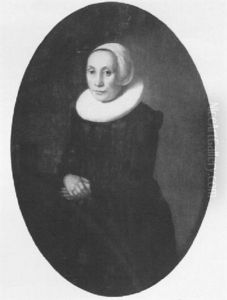
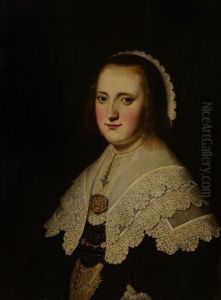
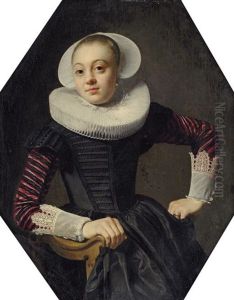
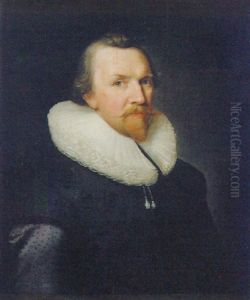
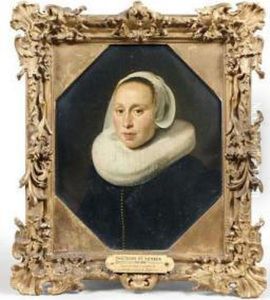
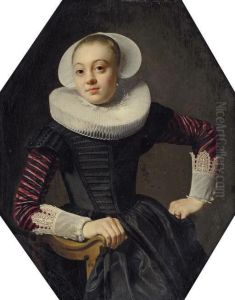
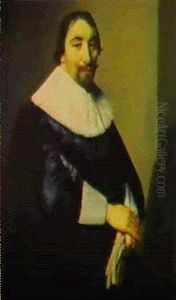

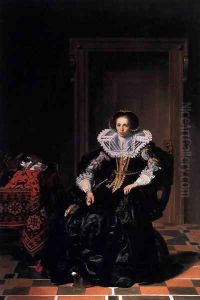
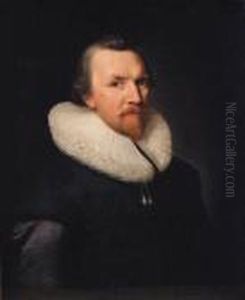
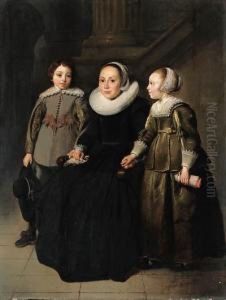
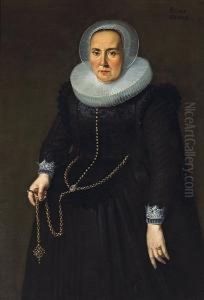
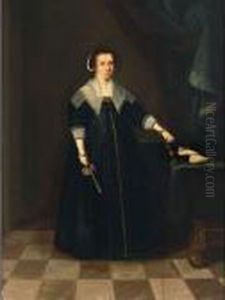
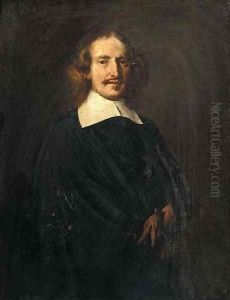

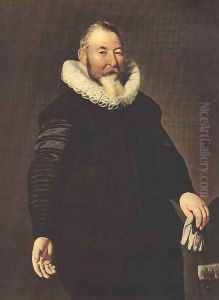
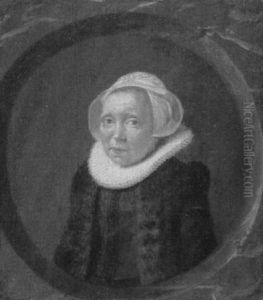
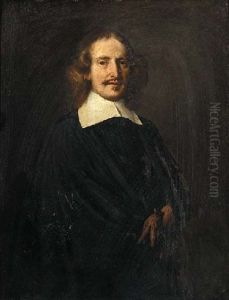
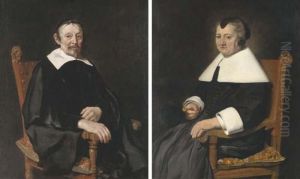
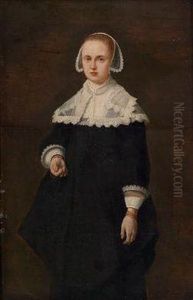
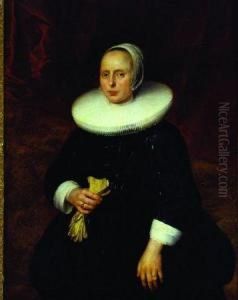
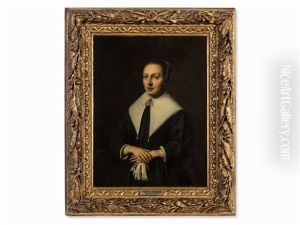
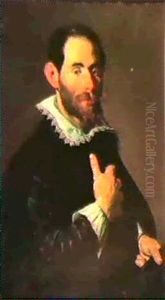
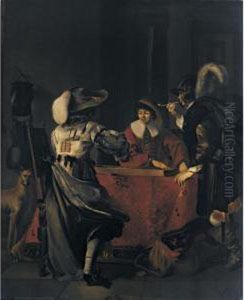
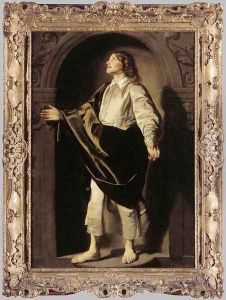
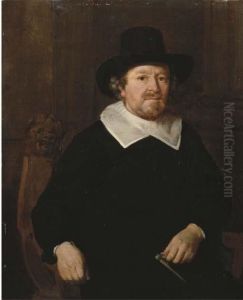
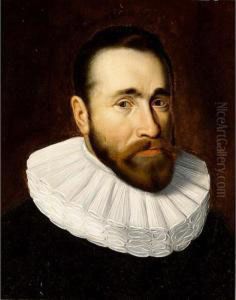


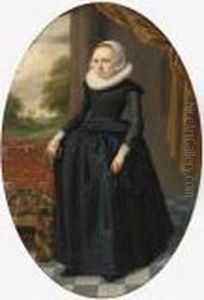
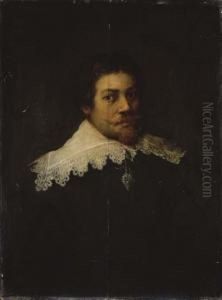
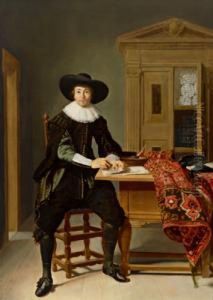
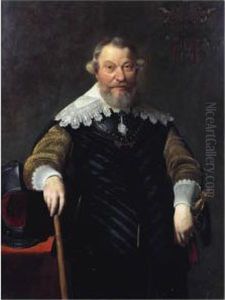
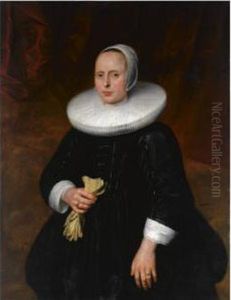
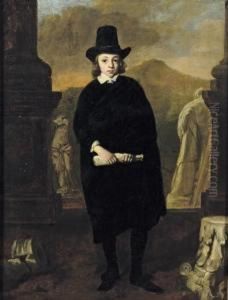
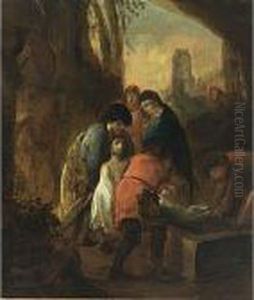
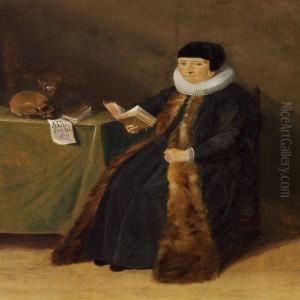
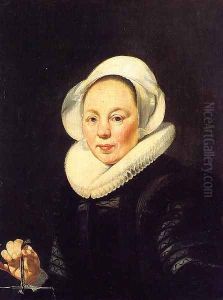
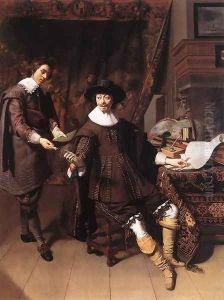
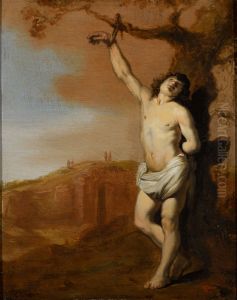
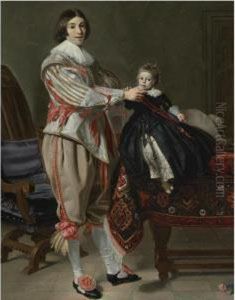
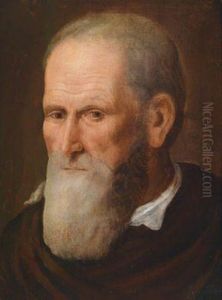
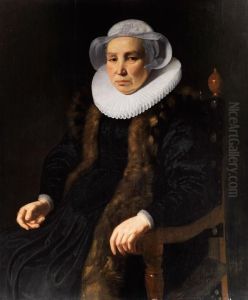
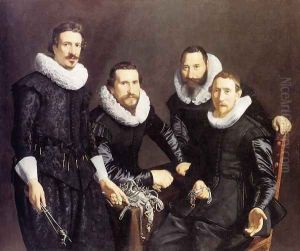
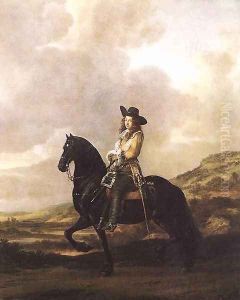

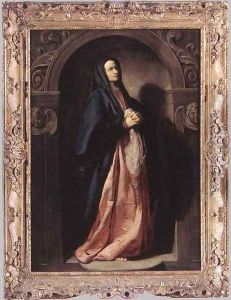
![The Company of Cpt. Allaert Cloeck and Lt. Lucas Jacob [detail #1]](https://www.niceartgallery.com/imgs/200901/s/thomas-de-keyser-the-company-of-cpt-allaert-cloeck-and-lt-lucas-jacob-detail-1-c7429f8.jpg)
